Maha Mityunjay Yagna: Significance, Procedure & Benefits
Maha Mrityunjay Yagna has the power to defeat death and get rid of chronic illnesses. The legend of this yagna and the mantra is associated with Lord Shiva, where the aim is to help one live a long and healthy life.
Maha Mrityunjay Yagna is performed to relieve a person from chronic illnesses or to avoid untimely death. Lord Shiva is worshipped in this yagna and it is also performed to win over enemies; to achieve victory in all areas of life without any hindrances. Lord Shiva is also known as ‘Mrityu’ or ‘Mrityunjay’, which means destroyer of death or victory over death. Any dosha regarding ‘mrityu’ like unnatural death and premature death, suicidal tendency, accidents, etc. can be nullified by performing this yagna.
During this yagna, 21 mantras (hymns) are chanted by the priest and Durva and Amrita herbs are used as offerings to the Lord. The hymns used in this yagna have the power to bless you with a long and healthy life.
In some places, the ‘yagna kund’ (the place that contains the sacred fire) is not extinguished within the next 24 hours and the puja is held for four prahars (i.e., every 6 hours interval). If a patient is suffering from chronic illness and wants to conquer death, then the following procedure should be observed: Fix a date and hold a yagna every Monday for the next two months for the person who is facing illness and may succumb to untimely death.
Why should you perform Maha Mrityunjay Yagna?
- For a long life.
- This Yagna can help one control death due to sickness, injuries and accidents.
- It helps one achieve goals and targets without obstacles.
- It removes negative effects of planets and doshas in a horoscope.
- It shows ways for overcoming threats from evil forces and enemies, and thus extend one’s lifespan.
- To achieve a disease-free and painless life.
- To extend one’s longevity with the blessings of Lord Shiva.
- To be rid of chronic diseases and to achieve a healthy life.
- To increase your spiritual growth and awaken your Kundalini power.
- To rejuvenate yourself and to attain a higher vibration.
- To protect yourself from accidents, suicidal attempts and other premature deaths.
- To attain Moksha, i.e., liberation from the cycle of birth and death.
- Remove any kind of voodoo magic or other black energies projected towards you.
- To win over hidden and harmful enemies.
- To overcome the fear of death.
- It should especially be performed for those who are struggling in the death bed.
Significance of performing Maha Mrityunjay Yagna at Gokarna
Gokarna is a small temple town on the western coast of India in Kumta Taluk of Uttara Kannada district in Karnataka. The main temple deity is Lord Shiva who is also known as Mahabaleshwara. Gokarna means ‘Cow’s Ear’; it is believed that Lord Shiva emerged from the ear of a cow (‘Prithvi’ or Mother Earth) here. The town is situated at the ear shaped confluence of two rivers - Gangavali and Agnashini. Hence, performing Maha Mrityunjay Yagna in this place has its own significance. The availability of learned scholars in Sanskrit and Vedic experts in Gokarna is an added advantage apart from the uniqueness of this holy place in India.
The story behind Maha Mrityunjay Yagna
Maha Mrityunjay Mantra was given by Lord Shiva to Rishi Markandeya. When Bhrigu Rishi and his wife Marudmati prayed to Lord Shiva for years to get the boon of a son, Lord Shiva gave them a choice to either beget a son who will be intelligent but have a short lifespan or beget a son with low intelligence but with a long life. They asked Lord Shiva to bless them with an intelligent son, and named him ‘Markandeya’, who would have a lifespan of 12 years only. When Rishi Markandeya, unaware about this fact, turned 12 he was not able to understand his parents’ state of depression. He persuaded his parents to talk about it, and on learning about the story, started his penance in front of a Shivalinga (the ancient symbolic representation of Lord Shiva). When Lord Yama appeared to take him forcefully at the time of death, Rishi Markandeya wrapped his arms around the Shivalinga and surrendered himself to the mercy of Lord Shiva for protection from Yama. Shiva was impressed with Rishi Markandeya’s devotion and punished Yama. That is when Lord Shiva passed on the Maha Mrityunjay Mantra to Rishi Markandeya so that he can live a long and healthy life.
Science behind Maha Mrityunjay Yagna
‘TryaMbakam yajAmahe’ means whenever you are in difficulty, look at Shiva’s third eye – which is a symbolic way of saying that you have to open up your mind and ask for options or choices. You concentrate by devoting time for more possibilities in life. The mind gives us multiple options and you have to choose one of them. This is what has been depicted in the Maha Mrityunjay Mantra: ‘Hey Lord, direct my intellect to take the right decision’.
When all doors close in your life, don’t get depressed. Sit quietly, think calmly and your mind will offer multiple options. In silence try to meditate, go from sympathetic to parasympathetic mode, and ask your heart to choose one of those options. Whatever your heart chooses, you might get a signal of comfort or discomfort. When you feel comfortable about a choice, go for it.
There is a simple formula to make the right decision. Ask yourself four questions:
- Is it the Truth?
- Is it necessary?
- Will it help me?
- Will it help the society?
If you find answers for all these questions, then that’s a conscious decision.
Mantras produce alpha rays
The earth, the planet and the galaxies are moving at a great velocity and whenever we chant a mantra it produces alpha rays, i.e., 1,10,000 alpha rays are produced per second in our mind and activates our brain and pineal gland which helps in improving memory, concentration and focus. If you start chanting this mantra you will feel the difference.
We have a structural domain, a physiological domain, psychological domain, and conscious domain (which is the subtlest one). These domains are interconnected. Structural domains are called srotas in ayurveda and are like the lymphatic system, blood vessel and nerves. The physiological domain is connected with vata, pitta and kapha which are further classified into 15 types in ayurveda. The psychological domain is classified as satva, rajat and tamas with 16 subtypes in Ayurveda. The domain of Consciousness is classified into pancha koshas, the subtle bodies. All these domains are interconnected, the structural and physiological domain is connected through the parameters of vata, pitta and kapha. When one recites, chants or meditates on a mantra, electrical activity in the brain takes place. The pictures below record such instances.
There are also changes in the blood flow when a mantra is spoken, seen or thought of. With the help of cymatic photography you can take a look at how a water element changes its cells when any mantra is chanted. It creates a magnetic field associated with nucleus. Language must matter here because Sanskrit holds higher sound frequency which changes the neuro chemicals in the brain. Changes in the physiological level affects changes at the psychological level, which affects the other domains.
Herbal fumigation
The herbs and clarified butter which is used in the yagna creates herbal fumigation that heals the respiratory system, clears blood clots and bacteria affecting the nasal tract, lungs and veins. When essential oil constituents penetrate the nasal passages, skin or lungs, they affect the autonomic nervous system, respiration, blood pressure, heart rate, and the localized dermal and bronchial effects.
Each herb has different qualities that release medicinal phytochemicals. The decomposition and transformation of specific substances in the yagna fire is a scientific method of subtilization of matter into energy, expanding its potential and positive effects. The electromagnetic waves generated thereby, compounded with the sonic signals encoded in the mantras, help in intensifying and transmitting the desired benefits of the yagna in the surrounding atmosphere and far beyond.
Sound & Vibration
The mantras have their vibrations and set a harmonious pattern to the sound wave constituting a great amount of energy to heal our health and well-being.
Benefits of Maha Mrityunjay Yagna
- Destroys all evil influences in your life.
- Paves the path for success and growth in your endeavors.
- Helps achieve your ambition and professional success.
- Helps in improving your health tremendously.
- Provides protection; shields you and your family from negative forces.
- Brings harmony to your marriage and your family life.
- Brings relief from stress, troubles and worries.
- Protects from uncertainties, calamities and accidents.
- Sins are removed through the chanting of mantras.
- Transforms your spiritual journey.
When to Perform Maha Mrityunjay Yagna?
- On your janma nakshatra (i.e., birth star date)
- The month of Shravan (determined by the lunar calendar)
- During Maha Shivratri
Importance of Maha Mrityunjay Mantra
The Maha Mrityunjay Mantra has various names - Rudra Mantra, Tryambak Mantra and Mrit Sanjivini Mantra. This mantra includes 32 syllables and helps us across physical, emotional and mental levels. Regular chanting of this mantra ensures protection to the devotee. Even hearing this mantra brings one healing. It should be chanted clearly with correct pronunciation:
|| Om tryaMbakam yajAmahe sugandhiM pushTivardhanam |
| urvarukamiva Bandhanan Mrityor Mukshiya Maamritat ||
It translates as: ‘Salutations to the Three Eyed Lord Shiva, who is ever fragrant with spiritual essence and who nourishes all beings. May he save us from the cycle of life and death and liberate us from the “Fear of Death” and enhance our consciousness to merge with the Higher Self.’
Literal Meaning of Maha Mrityunjay Mantra
- ॠaum - Absolute Reality, a sacred/mystical syllable
- तà¥à¤°à¥à¤¯à¤®à¥à¤¬à¤•à¤®à¥ tryambakam - the Three-Eyed One
- तà¥à¤°à¤¿ tri – ‘three’
- अमà¥à¤¬à¤• ambaka – ‘eye’
- यजामहे yajÄmahe - we worship, we adore, honor
- सà¥à¤—नà¥à¤§à¤¿à¤®à¥ sugandhim - the fragrant, the virtuous, the supreme being
- पà¥à¤·à¥à¤Ÿà¤¿à¤µà¤°à¥à¤§à¤¨à¤®à¥ puá¹£á¹i + vardhanam - the bestower of nourishment, wealth, perfection, literally he who possesses the growth of nourishment
- पà¥à¤·à¥à¤Ÿà¤¿ puá¹£há¹i - nourishment, increase, wealth, perfection
- वरà¥à¤§à¤¨ vardhana - increase, growth
- उरà¥à¤µà¤¾à¤°à¥à¤•à¤®à¥ urvÄrukam - fruit, a kind of cucumber
- इव iva - as
- बनà¥à¤§à¤¨à¤¾à¤¨à¥ bandhanÄn - from bondage, from the stalk/stem
- मृतà¥à¤¯à¥‹à¤ƒ má¹›tyoḥ - from death
- मà¥à¤•à¥à¤·à¥€à¤¯ mukṣīya - may I be freed/released
- मा ऽमृतातॠmÄ ‘má¹›tÄt - not (mÄ) mortal(má¹›tÄt) /immortal
Procedure to perform this Yagna
- Lord Ganapati Sthapana Puja: The yagna starts with invoking Lord Ganesha.
- Achamana: A purification ritual, where one sips the holy water while reciting mantras to purify the body, spirit and soul.
- Vigneshwara Puja: It involves worshipping Lord Ganesha, requesting him to give the courage to fulfil this yagna without any obstacles.
- Pranayamam and Sankalpam: Purification of your breath and taking a vow to please Lord Ganesha and the planetary system.
- Kalash Shuddhi: One has to fill the kalash (vessel) with water and, during the process of yagna, this water is consecrated with divine energies. The priest then sprinkles this blessed water throughout the house and on everybody.
- Agni Prathistahapana: The Havan or Yagna Kund is started by chanting Agni Mantra and pouring the fire into the Havan Kund.
- Shivalinga and Yantra Sthapana: You can decorate the Shivalinga and Yantra with flowers and bilva or bel leaves.
- Dikpaala and Navagraha Pooja: It is performed along with the Panchopachara Puja where the priest pours the preliminary offerings into the Havan Kund by invoking the Lord. Then he chants Mool Mantra of Navagraha (i.e., 9 planets) and other several mantras by offering Ahuti (symbolizes food for the divine God) in the Havan Kund. For each planet, the priest symbolically indexes a piece of cloth by colour: Sun – Red, Moon – White, Mars – Crimson Red, Mercury – Green, Jupiter – Yellow, Venus – White / Pink, Saturn – Black , Rahu – Blue, Ketu – Variegated colour.
- Yogini Puja: 64 yoginis (female Hindu teachers) are invoked and sought blessings from for the well-being of the family members.
- Chanting of Mrityunjay Mool Mantra: This mantra is chanted by offering herbs in the Havan or Yagna Kund along with ghee.
- Chanting Slokas: Chanting of Rudram and Chamakam slokas by offering herbs and ghee in the Yagna Kund.
- Poornahuti: It is the most important ritual in all yagnas where family members and the concerned person should be present in front of the Yagna Kund. It is the ultimate manifestation of one’s desire. The priest puts an important ingredient in a piece of cloth, ties it and offers it to the Havan Kund by dipping the cloth in ghee.
- Feast: Finally, enjoy a feast with your family members and loved ones; you can also donate as per your convenience.
Indastro top 10 Products
Translate
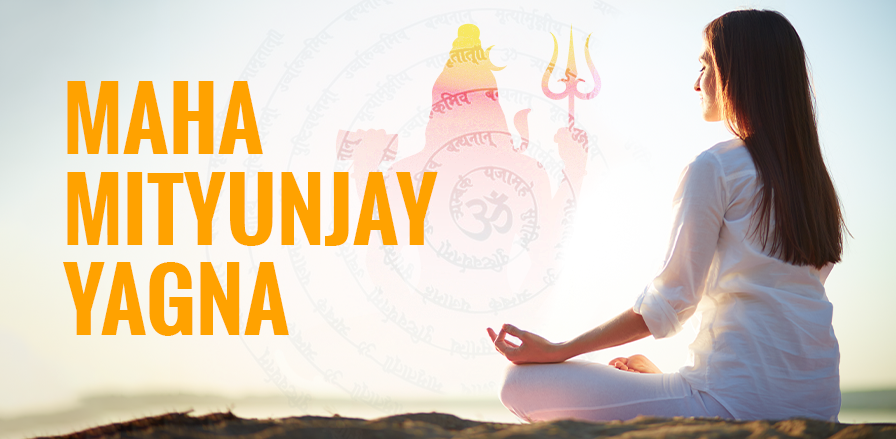










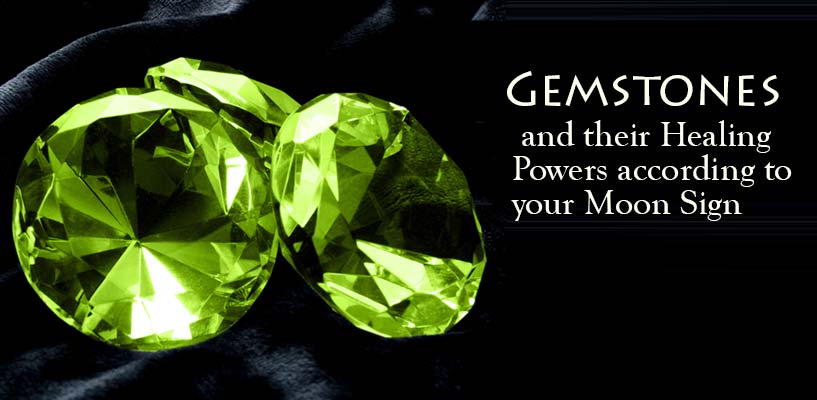 Gemstones and their Healing Powers according to your Moon Sign
Gemstones and their Healing Powers according to your Moon Sign
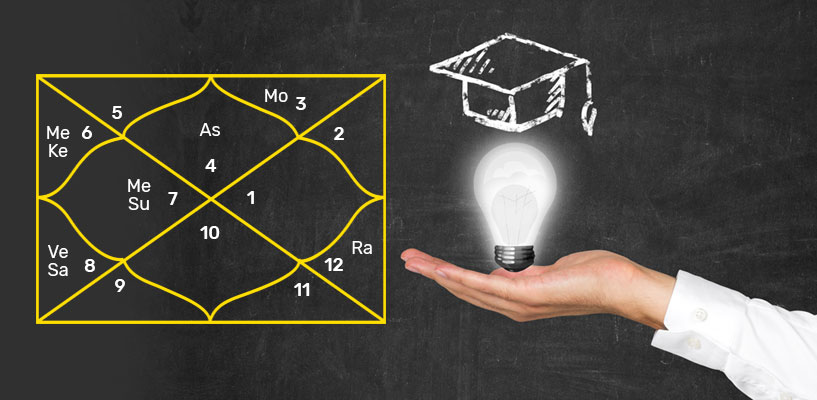 Career or Profession Predictions As Per Birth Chart
Career or Profession Predictions As Per Birth Chart
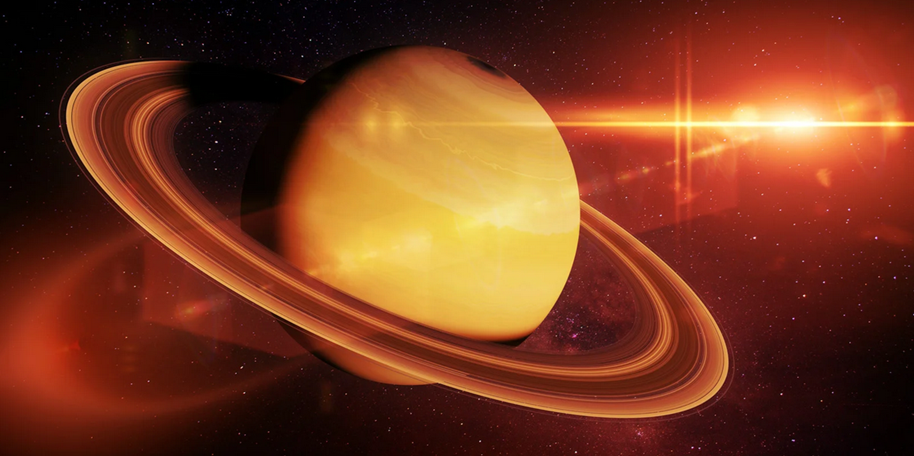 Sun and Saturn At War in August 2009
Sun and Saturn At War in August 2009
 Best Compatibility Match for Scorpio Woman
Best Compatibility Match for Scorpio Woman
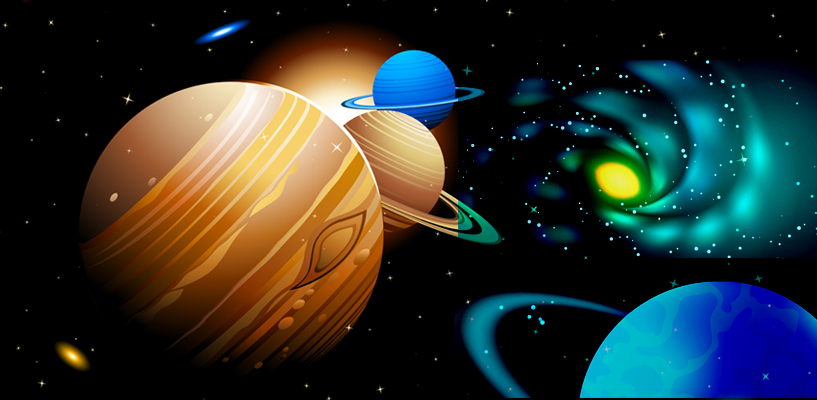 Weak Mars in Horoscope
Weak Mars in Horoscope
